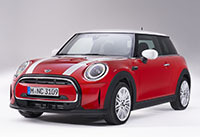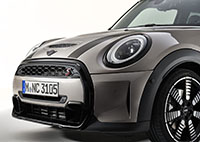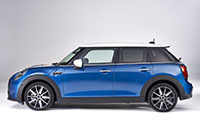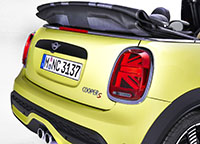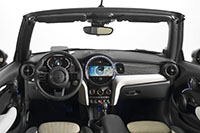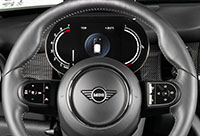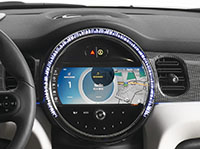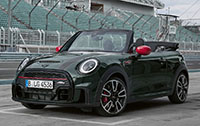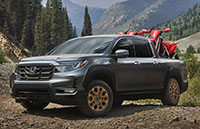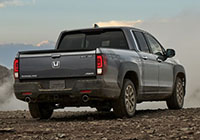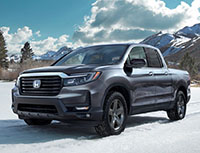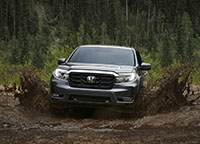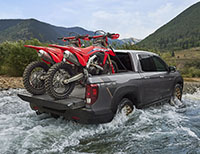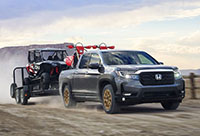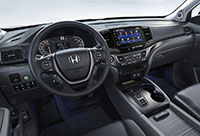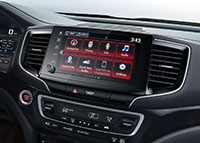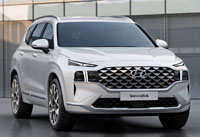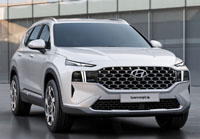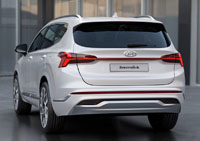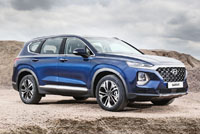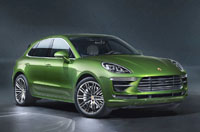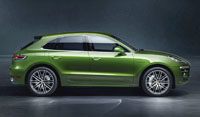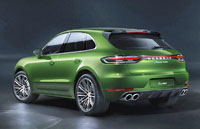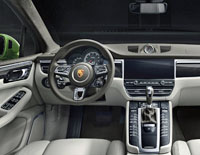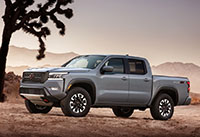
What’s the oldest production vehicle currently for sale in Canada? The only reason you might not have immediately thought of Nissan’s Frontier pickup truck, is because it’s been so long since the Japanese brand has advertised it. After all, the mid-size model has hardly changed since it was significantly made over 16 years ago, but even that mid-cycle refresh was based on a truck that dated back to 1997. Yah, today’s second-generation Frontier is from the last century, a shocking 24 years old under the skin.
Time for a redesign? Just a bit, but thankfully Nissan will make its all-new third-gen Frontier available for sale later this year, and by first impressions it should cause a splash in the market. To be fair to Nissan, at least it didn’t walk away from the compact/mid-size truck market altogether like Dodge (Ram) did a decade ago when it dropped its Dakota.
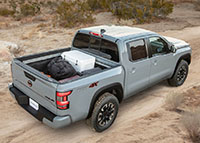
The domestic brand (having changed its truck division’s name to Ram well before finding itself under the ownership of Stellantis, a new entity that combines Fiat Chrysler with the PSA Groupe) is reportedly looking to return to this segment like Ford did with its upsized Ranger a few years back (the old compact Ranger was discontinued in 2011), while the Chevrolet/GMC Colorado/Canyon twins only suffered from a two-or-so year hiatus between first and second generations. A new Dakota should make sense, especially when considering how well the automaker has done with its Jeep Gladiator, a pickup truck version of the iconic brand’s Wrangler SUV.
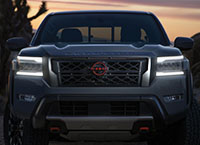
Toyota’s Tacoma has long led this class for sales and ownership loyalty, despite what segment-upstart Honda has attempted with its unibody Ridgeline alternative, while Hyundai and Ford will soon try to show there’s still life left in the smaller compact pickup category with their respective Santa Cruz and Maverick models.
Yes, Nissan will have plenty of challengers to go up against when its new Frontier arrives for the 2022 model year, but from what we can see it looks like this truck will be a serious contender right out of the gate. It gets a more angular design that pays a bit of homage to the brand’s old Hardbody pickups of the 1980s and 1990s, but we think the new styling shows more respect to the full-size Titan, particularly its front door window cutouts, which, similar to the Ford F-150, are kinked to help with visibility.
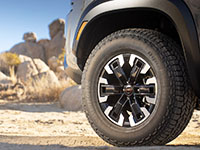
The new Frontier also appears influenced by the aforementioned Canyon, at least before GMC said so long to its arguably more attractive rectangular grille. Any resemblance to the domestic truck shouldn’t be a problem for Nissan enthusiasts, mind you, because the new Frontier looks unique enough, comes across as tough and rugged, plus it shows off plenty of state-of-the-art LED lighting elements.
Modernity in mind, the old Frontier’s interior stays firmly in the past, with Nissan hardly even pulling forward any nods to yesteryear for posterity’s sake. We think is a smart move, because the brand needs to show that this truck has been totally reengineered. Now it looks so refined that Nissan should truly be drawing up a new Xterra to share its underpinnings, especially considering how hot the 4×4-capable SUV market is right now.
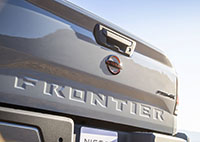
Nissan replaces the old model’s rounded dash with a chunkier, blockier design that should go over well with fans of industrial tools. This said everything flows together nicely, in a tastefully conservative way. Details include stitched and padded pliable synthetic bolstering ahead of the front passenger, plus a similar soft-touch application added to the grip-like sides of the lower centre console. We’re guessing the truck shown is a Pro-4X, due to its attractive orangey-red highlights and nicer than expected refinement, so we’ll wait to see how other trims are finished before making any judgements.
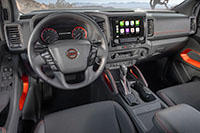
Despite this being near top-of-the-line, the primary gauge cluster is mostly analogue, but it incorporates a big colour multi-information display in the middle, de rigueur these days, which will no doubt come filled of useful functions, while a reasonably large standard 8.0-inch touchscreen is placed at the top of the centre stack. It includes Apple CarPlay and Android Auto smartphone integration, plus all of the other expected functions in base form, including a reverse camera. According to Nissan, the Frontier is available with a 360-degree Around View parking camera in upper trims, viewable via an even bigger 9.0-inch touchscreen. Additionally, wireless device charging (albeit without wireless CarPlay) will be an option too, as will a nine-speaker Fender audio system when choosing the Pro-4X.
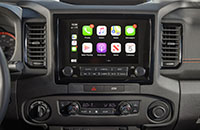
The Pro-4X is the Frontier’s most capable off-road trim, by the way, and therefore also gets special Bilstein shock absorbers and underfloor skid plates that cover the transmission and fuel tank, while sharp looking red tow hooks are added to the front bumper, and an orangey-red version of Nissan’s new badge gets added to the front, rear and interior.
The 2020 model Frontier (there wasn’t a 2021 model) came in S, SV and Pro-4X trims (and can be had with zero-percent financing right now), plus a Midnight Edition that has yet to be offered for the 2022 model year. A sporty Nismo edition is reported on the way, but for the time being three main trims get the nod. What’s more, Canada gets a simplified lineup that discontinues two-wheel drive variants, other than a fleet-only base King Cab S work truck.
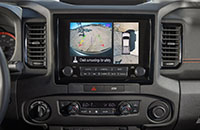
Yes, both King Cab and Crew Cab variants will make a return for 2022, with the former available across the whole model range, and the latter only found in base S trim. Still, a Canadian-spec Frontier can be had in Pro-4X trim with the smaller King Cab, which isn’t available south of the border (or north if you live in Windsor).
The King Cab features a six-foot bed as it always has, leaving the shorter five-foot bed for the Crew Cab, other than with the long-wheelbase SV model, which increases the truck’s wheelbase from 3,200 mm (126 in) to 3,550 mm (140 in).
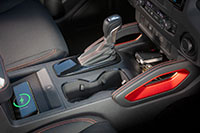
The US-specification Frontier received a new 3.8-litre V6 and nine-speed automatic a couple of years ago, but our version soldiered on as is. Now our 2022 Frontier gets the upgraded engine, which makes 310 hp and 280 lb-ft of torque. It should be powerful enough off the line, plenty potent for highway passing, and particularly good when off-road, making our team excited to get behind the wheel for a full road and trail test.
Hitting the trail in mind, every Frontier sold to retail customers includes Nissan’s part-time shift-on-the-fly 4WD, which provides 2WD, 4HI and 4LO modes, connecting through to an electronically-controlled transfer case. Other features include hill start assist and hill descent control, while Pro-4X models get an electronic locking differential.
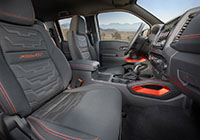
Canadian-market Frontiers receive a maximum tow rating of 2,944 kilos (6,500 lbs), which isn’t quite as good as the best possible 3,408-kilogram (7,500-lb) US-spec rating, due to their two-wheel drive model that’s once again not offered here. Just the same, the Frontier’s four-wheel drive tow rating is competitive at 2,268 kg (5,000 lbs).
Also competitive, Nissan will provide all Frontier trims with its suite of Safety Shield 360 advanced driving assistive technologies in Canada, which include automatic emergency braking with pedestrian detection, blind-spot warning, lane departure warning, rear cross-traffic alert with automatic-braking, high beam assistance, and adaptive cruise control.
Look for the new 2022 Frontier to show up this summer, with pricing and trim details to land just ahead of arrival.
Story credits: Trevor Hofmann
Photo credits: Nissan

